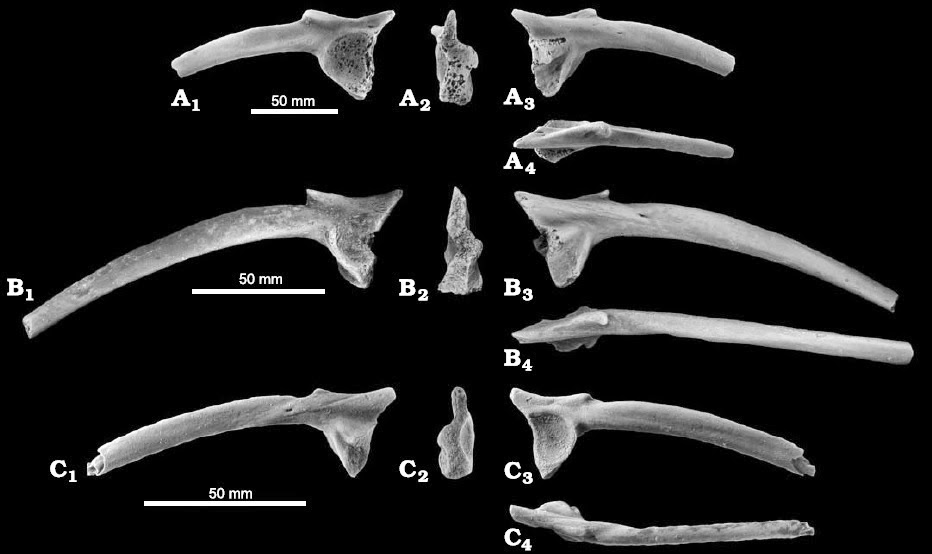Cryptic species are species which resemble one-another physically, and which cannot generally be separated using traditional taxonomic methodology, but which are nevertheless genetically and reproductively isolated. Genetic studies of many groups of organisms have revealed a large number of cryptic species, sometimes with profound importance for the long-term survival and conservation of the species concerned, as apparently large robust populations are shown to in fact be made up of several smaller, reproductively isolated and more vulnerable species. One group where this has been shown to be a particularly common phenomenon are Anurans (Frogs) in the tropics of Central and South America, where a large number of apparent species have recently been shown to be species clusters, made up of a number of cryptic species.
In a paper published in the journal ZooKeys on 24 July 2014, João Tonini of the Department of Biology at the University of Richmond and the Department of Biological Sciences at The George Washington University, and Maurício Forlani and Rafael de Sá, also of the Department of Biology at the University of Richmond, describe a new cryptic species of Microhylid Frog from between the Doce River and the Mucuri River in Espírito Santo State, Brazil.
The new species is one of a number of cryptic species from the Brazilian Atlantic rainforest previously assigned to the species Chiasmocleis lacrimae, and now shown to be genetically distinct. It is given the name Chiasmocleis quilombola, in honour of the Quilombola people of northern Espírito Santo State, who are descended from slaves that escaped from captivity during the Portuguese colonial period in Brazil (1580-1815), and who have retained their own distinct cultural identity to this day.
Chiasmocleis quilombola is described from one female and four male specimens from the Municipality of Conceição. The males average 14 mm in length, the female is 17.1 mm long. The Frogs are slender with rounded snouts and lack webbing between their toes; the males can have dermal spines on several parts of their bodies. All are dark brown in colour with small cream spots.
Chiasmocleis quilombola (A) male, and (B) female. Tonini et al. (2014).
See also…
Many species of Amazonian Amphibians are considered to be highly threatened due to habitat loss, with the potential for the situation to become much worse due to climate change in the near future. This...
The Cambay Shale formation from the Vastan Lignite Mine to the northeast of Surat in Gujarat State, India, has produced a diverse...
 A new species of Bush Frog from central Vietnam.
A new species of Bush Frog from central Vietnam.Bush Frogs (Rhacophoridae) are found throughout tropical areas of Africa and Asia. They are tree-dwelling frogs that seldom venture down to the ground, their eggs being laid in a foamy construct...
Follow Sciency Thoughts on Facebook.




